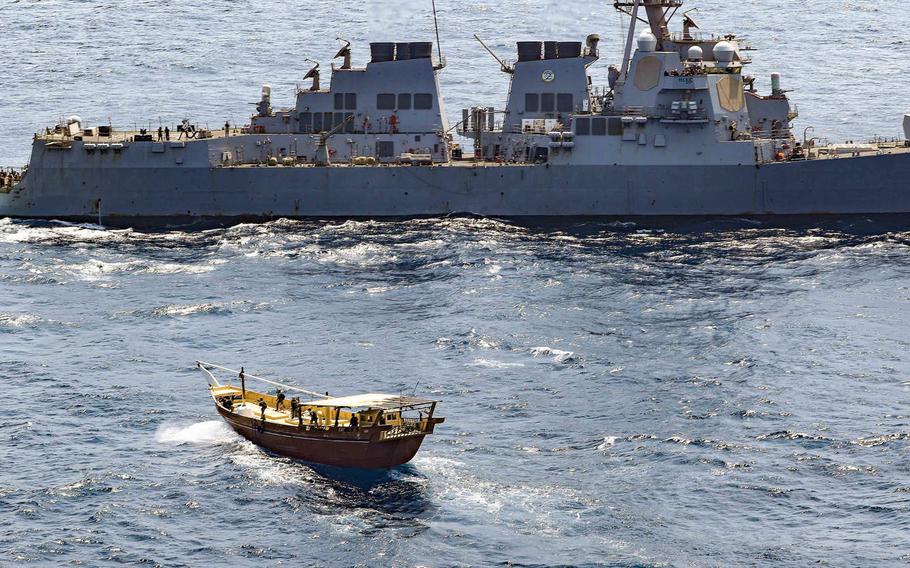UK to deploy 20,000 service personnel to huge Nato military exercise 15th January 2024 at 11:30am
Twenty thousand British soldiers, sailors and aviators will be deployed by land, sea and air across Europe to participate in a huge Nato exercise later this year.
Defence Secretary Grant Shapps has announced the deployment of Navy, Army and RAF members to the 31-nation drill across Europe during a speech in London today.
Exercise Steadfast Defender will provide “vital reassurance against the Putin menace” as Mr Shapps warns the West stands at a “crossroads”.
The war games come after ministers announced the RAF airstrikes, with the US, on the Houthis in Yemen, and a further £2.5bn support package to Ukraine.
Mr Shapps has set out his vision for how the UK will deter threats, as allies remain concerned about the threat posed by Mr Putin as his war approaches its second year.

‘We stand at a crossroads’
In the Lancaster House speech, Mr Shapps said: “We are in a new era and we must be prepared to deter our enemies, prepared to lead our allies and prepared to defend our nation, whenever the call comes.
“Today our adversaries are busily rebuilding their barriers, old enemies are reanimated, battle lines are being redrawn, the tanks are literally on Ukraine’s lawn and the foundations of the world order are being shaken to their core.
“We stand at a crossroads.”
Mr Shapp added that his commitment to getting Armed Forces personnel the resources they need to do their job is “iron cast”.
“Our great resource has always been the men and women who work tirelessly to protect our nation, but to defend our nation from the increasing dangers of tomorrow they must have what they need to do the job.”
He added: “That’s why this Conservative government has already taken vital steps to increase defence spending”.
The deployment will see the UK use the RAF’s most up-to-date fighter jets and surveillance aircraft, the Royal Navy’s most advanced warships and submarines, and a full range of the Army’s capabilities – from logistics to armour to special operations forces.
Some 16,000 troops with tanks, artillery and helicopters will be deployed from the British Army across Eastern Europe starting next month as part of the exercise.
The Royal Navy will deploy more than 2,000 sailors across eight warships and submarines, while more than 400 Royal Marines Commandos will be sent to the Arctic Circle.
The RAF will use F-35B Lightning attack aircraft and Poseidon P-8 surveillance aircraft.
Forces News has taken a look at what is known about the numbers and equipment being sent here.
Defence sources said that the exercise will prepare for the invasion of a member state by any aggressor, with the main threats being considered to be Russia and terrorism.
Labour backed the commitment of UK forces to Nato, but said Mr Shapps’s speech was “little more than PR spin”.
“Grant Shapps is reheating old announcements from other people,” a party spokesman said.
“The PM confirmed 20,000 UK troops will exercise in Europe three months ago, while Nato released details of Steadfast Defender four months ago.”
Ukrainian training
Mr Shapps confirmed in his speech that the UK has now trained more than 60,000 Ukrainian soldiers.
The Defence Secretary also warned the international community that they cannot let its support “slip” now as Vladimir Putin believes “the West lacks staying power”.
“Since the future world order is at stake, we must prove him wrong,” Mr Shapps said.
from Blogger https://ift.tt/tcwgkuB
via IFTTT


















